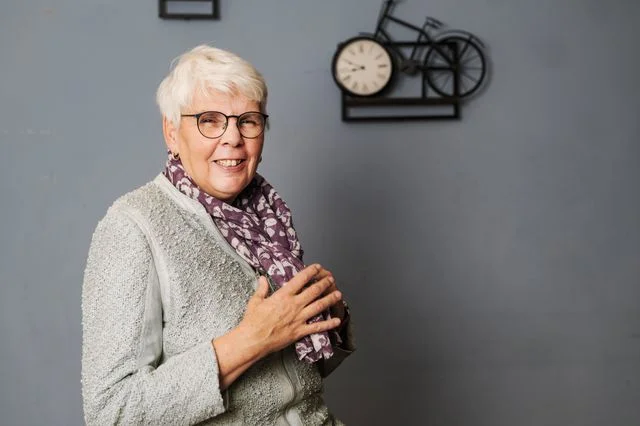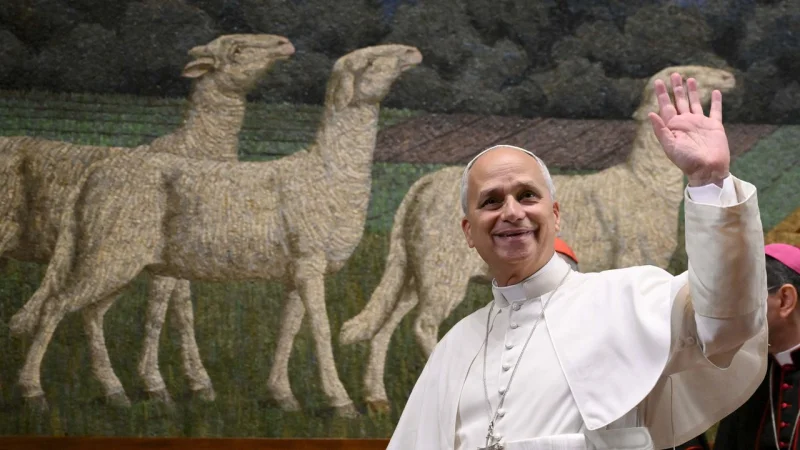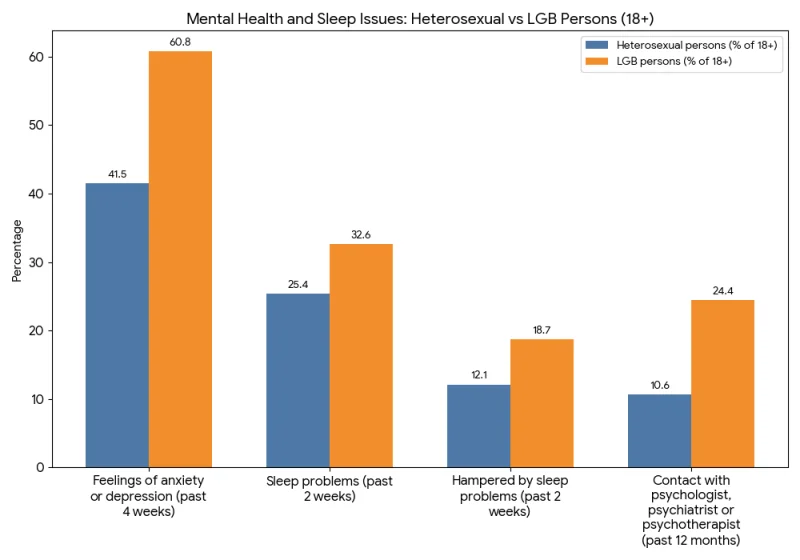The Two Lives of a Queer Professional
Painting your nails on Friday night, only to meticulously remove the polish on Sunday before heading back to the office. Sound familiar? For many in our community, this is the reality of navigating the corporate world in the Netherlands—a world where you're often forced to live two separate lives. One is the carefully curated, 'professional' version from Monday to Friday. The other is your authentic, queer self, reserved for the weekend.
This isn't just a feeling; it's backed by stark numbers. While LGBTQ+ people make up an estimated 18% of the Dutch population, a recent report by NRC highlights that they hold less than 1% of top corporate leadership positions. This disparity is known as the 'rainbow ceiling,' an invisible barrier that keeps many of us from reaching the top.
The High Cost of Hiding: 'Heteroprofessionalism' at Work
Author Pim Blom, in his book 'Door het regenboogplafond' (Through the Rainbow Ceiling), describes feeling that the corporate world simply wasn't built for "people like him." This sentiment is echoed by Remco Boxelaar, founder of the inclusion platform Corporate Queer. He recalls colleagues making 'well-intentioned' but alienating comments, like, "It shouldn't matter that you carry a ladies' bag."
These seemingly small moments are part of a larger issue called 'heteroprofessionalism'—the unwritten rules of the workplace that are based on a straight, cisgender norm. It's the assumption that your partner is of the opposite gender, the surprise when a man wears jewelry, or the feeling that mentioning your same-sex partner is a political statement rather than a simple fact of life.
"I heard from men that they would paint their nails on Friday evening and take it off again on Sunday evening. Corporate during the week, queer on the weekend. I want those two things to be united."
The energy spent on self-censoring is immense. It can make you less assertive, less likely to share creative ideas, and ultimately, less productive. When we can't be our full selves, both we and our employers lose out.
Leaders Lighting the Way
Thankfully, a growing number of LGBTQ+ leaders are breaking through the rainbow ceiling and choosing to be visible role models. Their stories show that authenticity and success can go hand in hand.
/s3/static.nrc.nl/wp-content/uploads/2025/11/10084040/141125ECO_2019510491_erica2.jpg)
Erica Schaper, Chair of the Board, Frisius MC
Erica isn't an activist, but she is deliberately open about her life with her wife. She believes that creating an inclusive environment is essential for both employees and patients. As a visible sign of her commitment, she keeps a giant rainbow penguin in her office. "It always starts a conversation," she tells NRC, emphasizing the need to find common ground with those outside your own bubble.
Sander van ’t Noordende, CEO of Randstad
Early in his career, Sander made the bold decision to bring his boyfriend to a company party. "I decided: we're just going, then the bullet is through the church," he recalls. His advice to other LGBTQ+ professionals is to 'stretch' yourself step-by-step. He argues that staying in the closet costs far more energy than being open. As a CEO, he recognizes his privilege as a white, cisgender man and stresses the importance of attracting talent from all communities, because "if you don't look in certain groups, you miss all the expertise that can be found there."
/s3/static.nrc.nl/wp-content/uploads/2025/11/10083832/141125ECO_2019510491_sander.jpg)
The Way Forward
The path to a truly inclusive workplace is paved by both the courage of individuals to be visible and the commitment of companies to move beyond rainbow logos in June. It requires creating a culture where talking about your weekend, your partner, or your identity is just as normal for a queer person as it is for a straight one. The message from these leaders is clear: when we feel safe enough to bring our whole selves to work, everyone wins.
This article is based on the original report from NRC.




